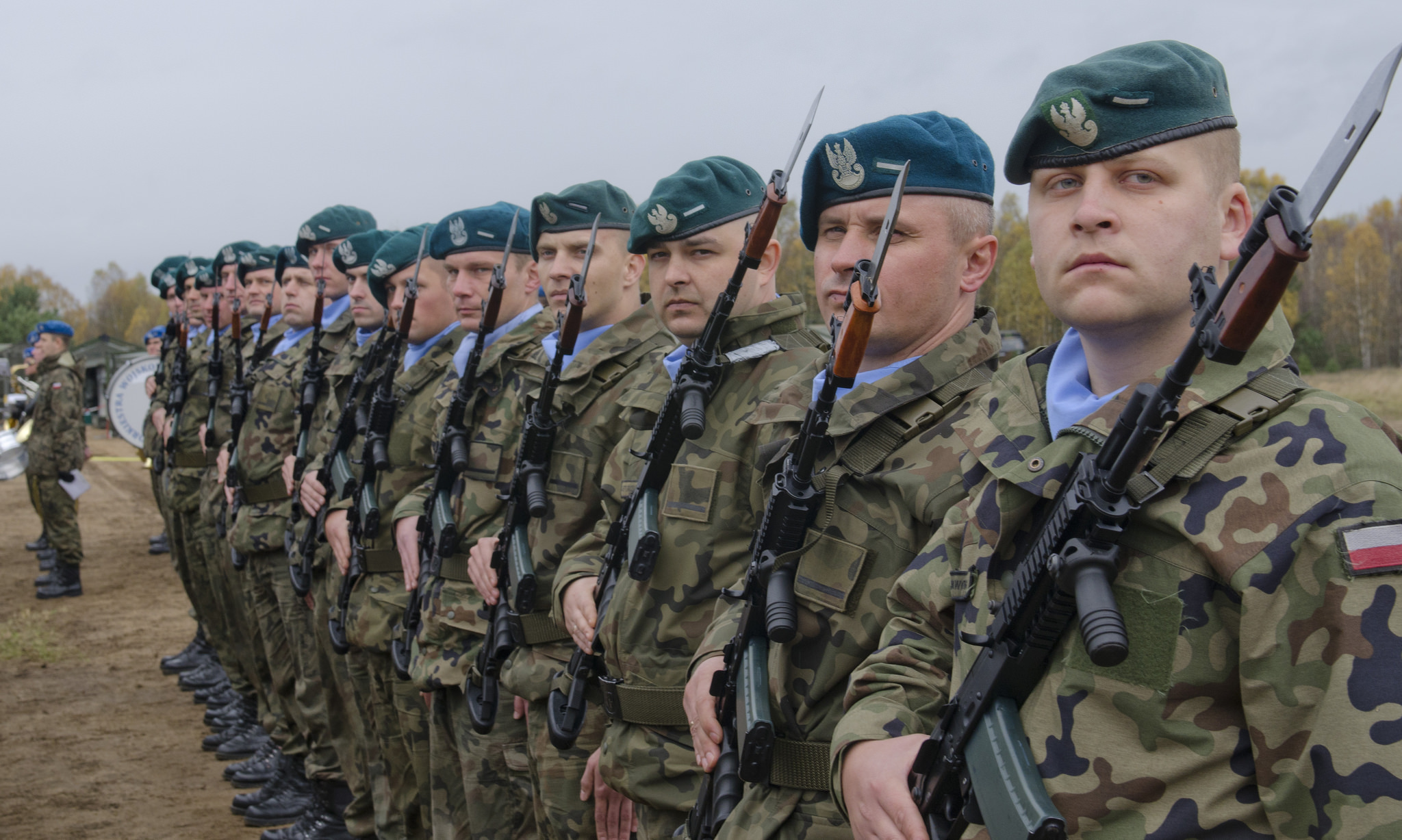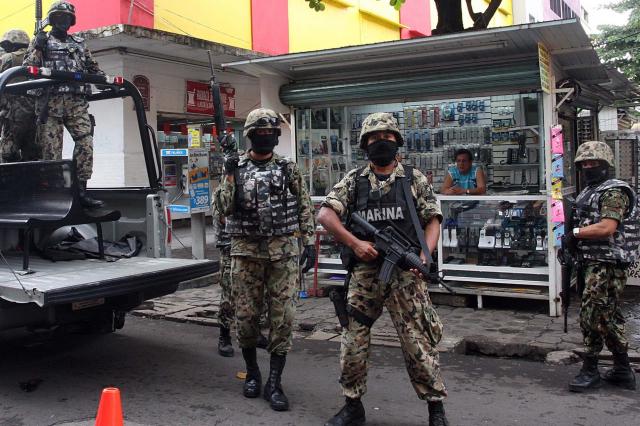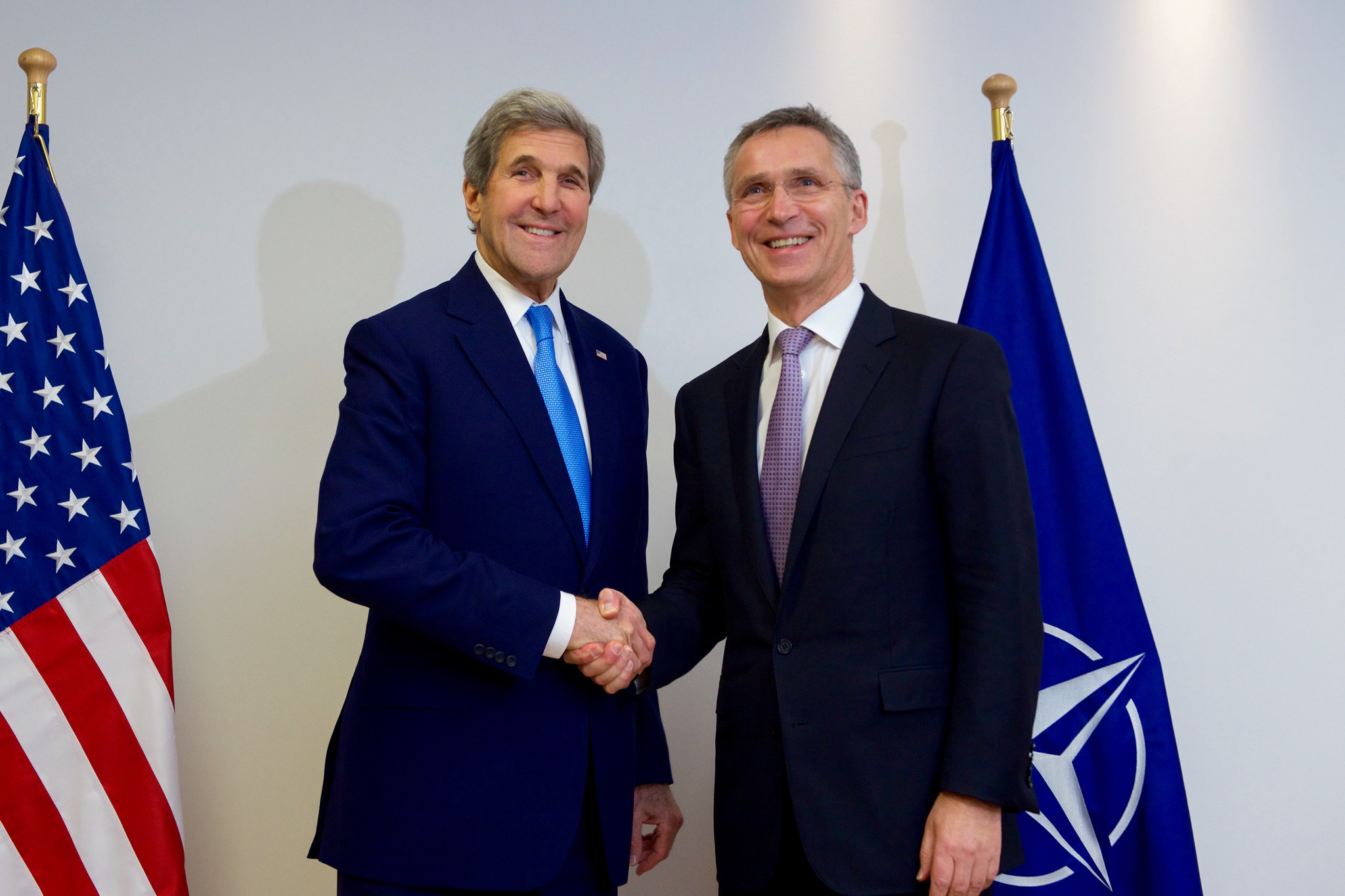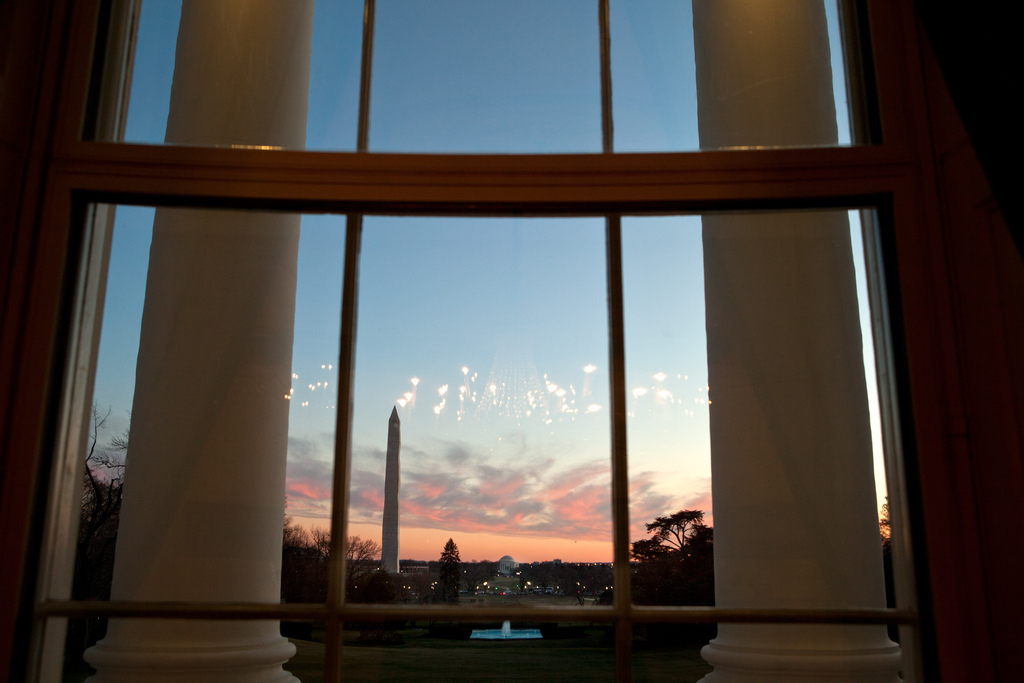By Sarah Kreps.
In a recent press conference with the NATO Secretary General, Vice President Mike Pence sounded all the right notes for those who have been concerned about the impact of the Trump administration on transatlantic relations. He said that “the United States’ commitment to NATO is clear” and that its commitment would continue.
A reporter from the BBC called Pence out on the obvious incompatibilities between his words and those of his boss: “Who should European leaders listen to, you or President Trump? Can they be certain that what you say, the assurances you give won’t be contradicted in a tweet or a statement at a press conference tomorrow?”
Indeed, as a candidate, Donald Trump staked out a decidedly anti-transatlantic vision, saying that “NATO is costing us a fortune, and yes, we’re protecting Europe, but we’re spending a lot of money…we can’t afford to do this anymore.” He tweeted in March 2016 that NATO is “obsolete.” He has fervently defended Brexit, another indictment of the European project. He has cozied up to Russia, a country viewed with suspicion in Europe.
Pence offered a non-answer, which was not at all reassuring to a Europe that is facing enormous political uncertainty. Not only do they face an assertive Putin to the East, they face the prospects of major political change on the continent. France, Germany, and the Netherlands have major elections coming up that will have significant impacts, not just on those countries, but on Europe as a whole. Europe now hears mixed messages from the United States, an erstwhile ally and partner who has helped guarantee security on the continent since the end of World War II. Trump has cast the alliance as a costly, one-sided relationship – this assumption is misguided and dangerous.
How should the United States think about the alliance?
As former Secretary of State George Marshall recognized, Europe’s peace and prosperity have held the keys to American peace and prosperity at least since 1945.
Between 1948 and 1952, the United States committed $13 billion through the Marshall Plan—$103 billion in current dollars—to 16 countries in Europe with the explicit purpose of reconstructing post-war societies and fashioning them into advanced industrialized democracies. To put those costs in perspective, it was not until 2014 – 13 years into the Afghanistan war – that the US spent in Afghanistan what it spent on the Marshall Plan.
A skeptic could say, what were the benefits of European peace and prosperity in the wake of the Marshall Plan? Maybe this outcome would have resulted anyway since the world was tired of fighting and was unlikely to slip back into war. Any more systematic response would likely come back to counterfactuals — for example, what if the Soviets had exploited European weakness to go beyond the Iron Curtain? But these costs are invariably harder to quantify than the concreteness of what the US actually spent. As Jim Goldgeier and Elizabeth Saunders put it, good foreign policy is sometimes difficult to sell because it consists of this sort of non-barking dogs: the wars or crises that did not happen. Good foreign policy then requires investments in benefits that sometimes accrue either silently or down the road. In this sense, the vision that Pence outlines is a harder one to articulate from a purely cost-benefit perspective than the one that Trump has reached for.
One way to think about it is through the economics of trade. The United States conducts $699 billion in annual trade with the European Union. Major crises on the continent would necessarily affect the economies not just of those countries but of all trading partners as well. In 1914, for example, as war started to engulf the continent, economic crisis emerged in the US as President Wilson called for an emergency internal revenue measure that would replace the $100 million in foregone revenue ($2.387 billion in today’s money) because of war on the continent. The knock-on effects of war in Europe were felt strongly in the United States – this occurred at a time when economic integration between the transatlantic countries was not nearly as robust as it is today.
What are the corresponding costs? In 2015, the United States had about 63,000 troops stationed in Europe, down from 343,000 in the 1950s. European allies pay about 34% of the basing costs. As Tim Kane from the Hoover Institution summarizes in his study, “regardless of public impressions of heavy US engagement, the downward trend seems beyond doubt.”
What about spending on NATO? Trump has said that the United States represents 73% of NATO spending, which is accurate based on American defense spending as a percentage of other alliance members. But this is not the same as saying that the US provides 73% of NATO costs. Rather, the US pays 22% of costs on common NATO projects, such as the NATO E-3 AWACS, a surveillance platform. A recent Congressional Research Service report showed that the United States contributes about $500 million a year, a far cry from the “billions and billions” that Trump referred to.
The transatlantic alliance has faced crises before. Nearly every president during the Cold War urged Europe to spend more on defense. France withdrew from the NATO military command in 1962. Donald Rumsfeld divided Europe into old and new in 2003 when he was trying to gin up support for a “coalition of the willing” to invade Iraq and found only “new” Europe to be willing. In short, the recent uncertainty does not necessarily put the transatlantic alliance in uncharted territory.
The way out of the current crisis does require that countries in Europe commit more to their nations’ defense. But it also requires that the United States more uniformly realize that the key to continued peace and prosperity still runs through Europe. American financial and diplomatic commitments are a small price to pay toward this end.







2 comments
Well, the original purpose of NATO was to ‘keep the Russians out, the Americans in, and the Germans down.’ It seems to have fulfilled that purpose pretty well in the immediate postwar years. Subsequently, however, it as enabled (in the addiction sense) the US drift toward global imperialism. At the same time, Europe has become relatively more powerful with respect to the US and Russia, so that NATO’s structure as an organization of American satellites has become highly questionable.
The core problem of comparing Defence budgets is that they are no one-on-one indicator for Security spending. From an European perspective the high defence spendings of the USA are part of the problem, as it led the US to rely on force and sometimes even increase insecurity. The third Iraq War is a very vivid, but not the only example. On the other hand spendings for good diplomacy, contributions to the United Nations and regional Organizations like the OSCE, to Refugee Aid, to international Mediation, to early warning and early reaction mechanisms, to Disarmament, Demobilization and Reintegration of fighters and so on, which add to the security of Europe and via our globalized World also to the US, are neglected.
I for my part could only agree to an increase of European defence budgets, if the US would agree to reduce their defence budget to a reasonable level. Otherwise we are just starting a new arms race with devastating results for our security (as well as for our economies.)